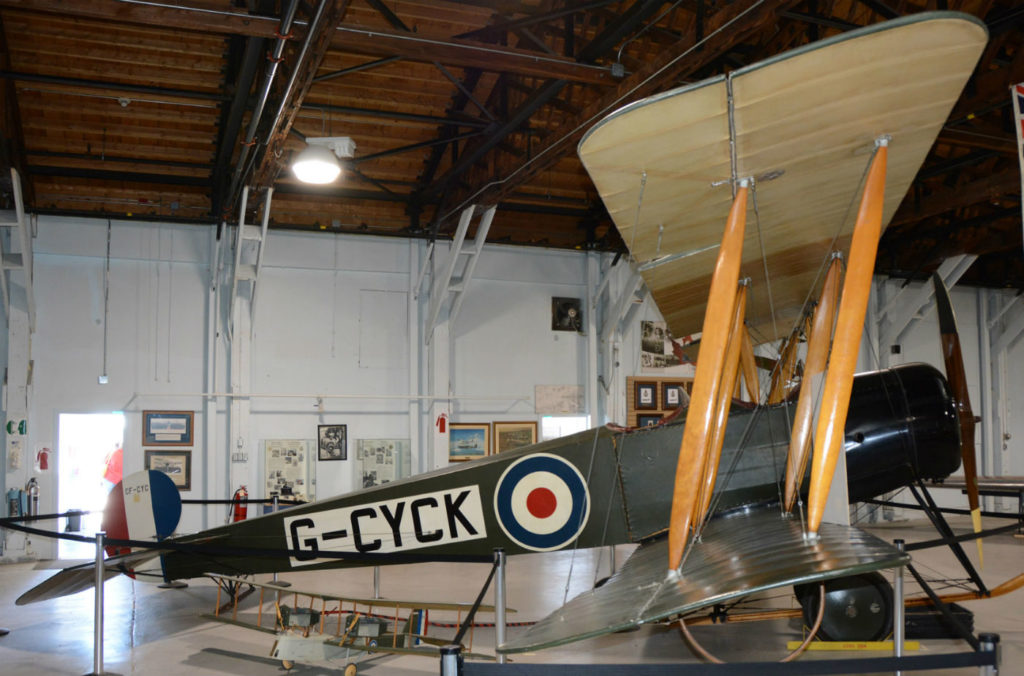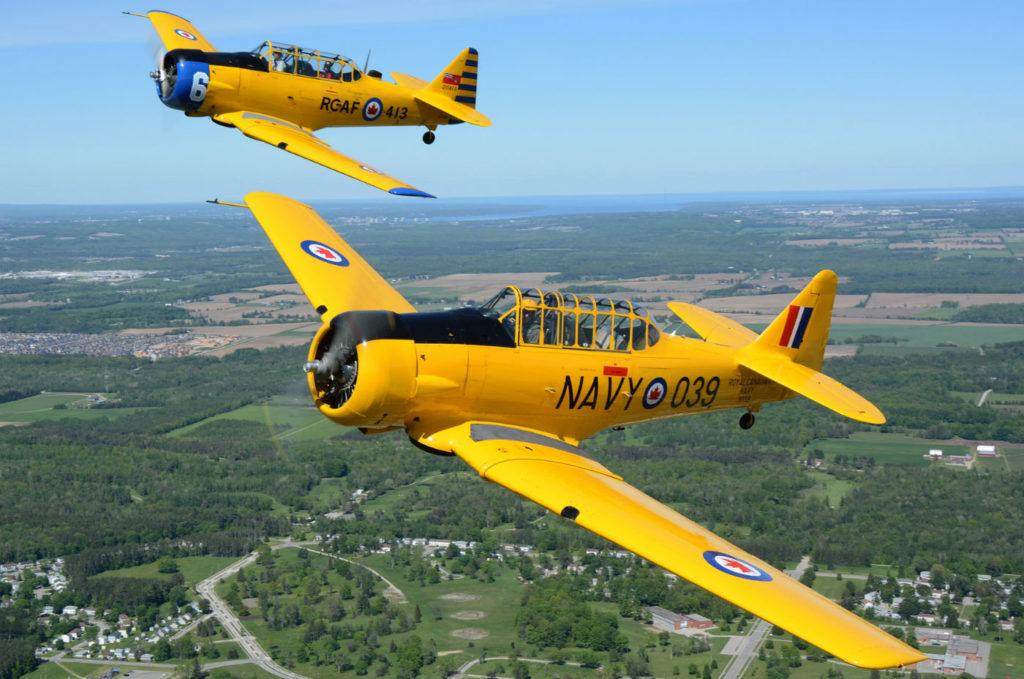Estimated reading time 4 minutes, 9 seconds.
On June 3, 16 Wing Borden held an open house and re-dedication of the Royal Flying Corps Canada Cairn. The Cairn honours the men and women who have served throughout Canada’s proud aviation military history.

The Royal Flying Corps Canada (RFCC) was formed in early 1917 to train Canadians for service in the British Royal Flying Corps. Camp Borden was chosen as the site to build Canada’s first military airfield and the first cadets arrived on March 28, 1917; the first flight was conducted from Borden two days later on March 30.
Until this time, Canadians wishing to fly in the RFC or Royal Naval Air Service needed to provide their own training and gain a civilian pilot’s licence first. One year later, on April 1, 1918, the RFCC was changed to the Royal Canadian Air Force. By the end of the First World War, 9,200 cadets had enlisted with 3,135 graduating.
As well, over 7,000 people were trained as observers, mechanics and ground crew. Over 2,000 American forces were also trained at Camp Borden during the war years. During the winter months of 1917 and 1918, two RFCC wings trained in Texas while one wing remained at Borden to conduct winter flying experiments on skis.

The open house events started with a re-dedication of the Cairn, with several notable guest speakers and flypasts of a CT-142 Dash 8 navigational trainer, CT-156 Harvard II trainer and three CT-155 Hawk trainers. Several base training displays were set up and included demonstrations throughout the day. The RCAF’s famous show band, Jet Stream, provided live music.
Although there is no flying aircraft located at Base Borden, or active runways, a temporary grass runway was marked out to allow several historic aircraft to land for a static display during the open house. The Great War Flying Museum provided four First World War replica aircraft and the Canadian Harvard Aerobatic Team provided four Second World War-era Harvard trainers.

The Edenvale Classic Aircraft Foundation had a de Havilland DH-82A Tiger Moth and Cornell on display. Other visiting aircraft included Murray Kot’s Canadian Army-marked Cessna L-19 Bird Dog and a pristine de Havilland Turbo Beaver.
Current military aircraft on display included CH-146 Griffons, a CF-18 Hornet fighter and CT-114 Tutors, the aircraft currently flown by the Canadian Armed Forces Snowbirds. The CFB Borden Aviation Museum was open for tours and features an Avro 504 and Golden Centenaries Tutor.
The museum building along with several other hangars were built for the RFCC and are registered Federal Heritage Buildings.








